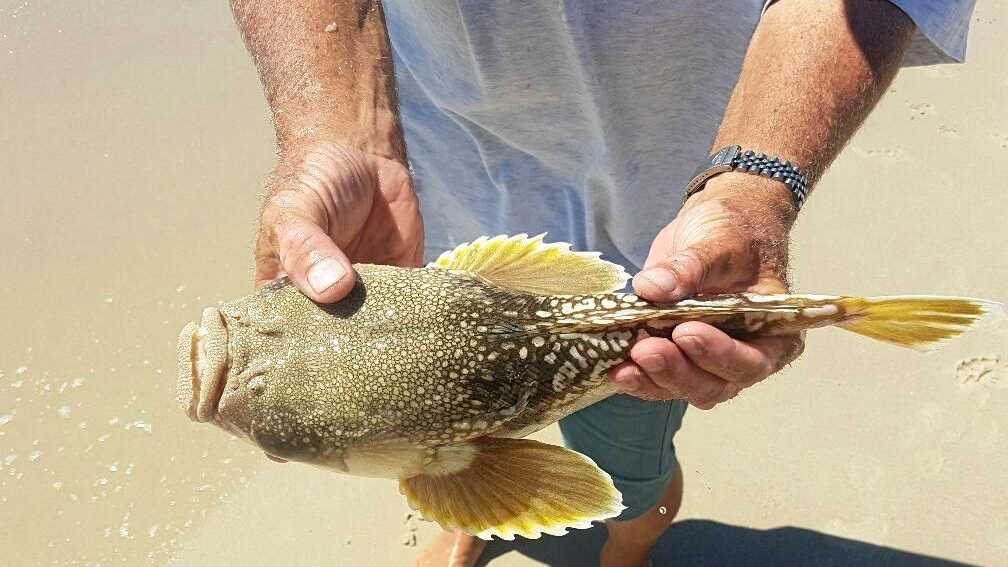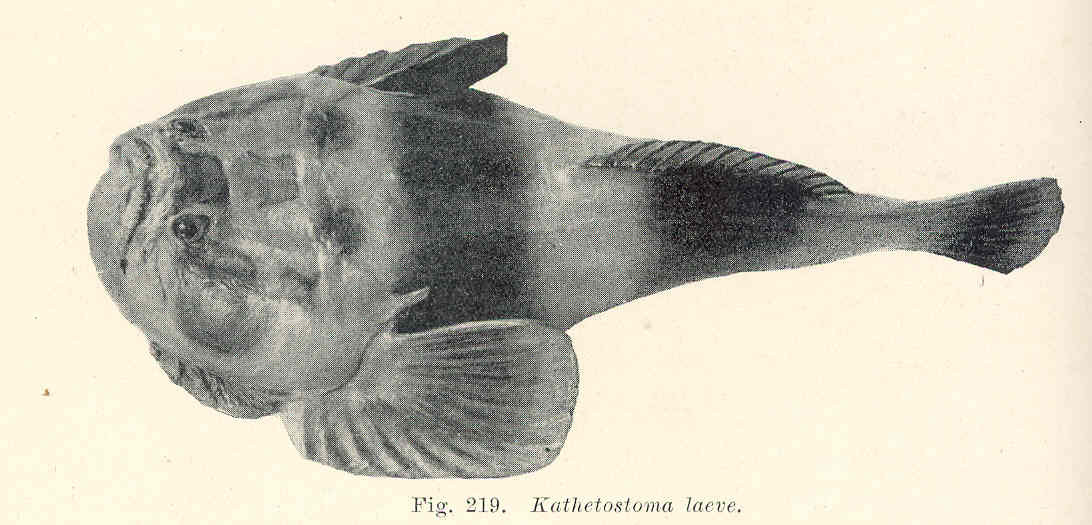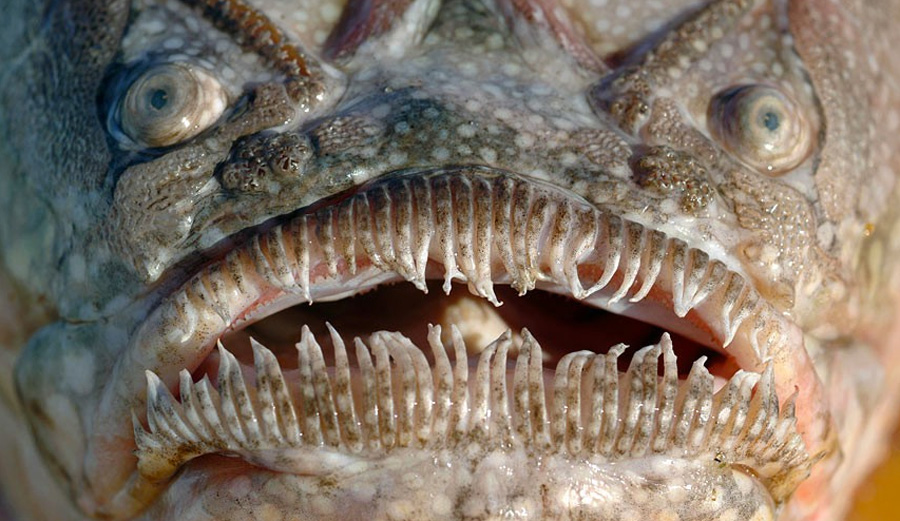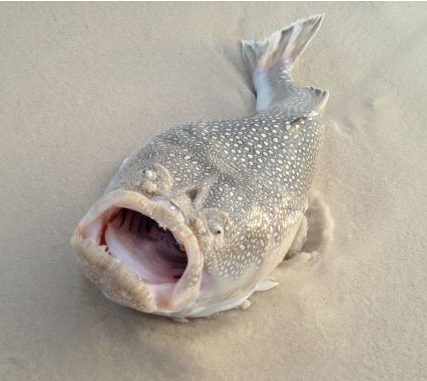This sea creature didn’t make our list with creepy animals in the ocean for nothing.
Here are some creepy facts about stargazer fish.
1. Why are they called stargazer fish?
Stargazers are arguably some of the weirdest looking fish in the ocean, and there are a lot of peculiar creatures floating around in it, so that means something.
They are called stargazers because of the position of their eyes, which are located right on top of their heads. This way, it appears as if they constantly look upwards instead of straight ahead.

2. Stargazers are an extended family of fish
The family of stargazers is called the Uranoscopidae and is quite an extended one that consists of a total of 53 species.
They are a type of perciform fish, an order of ray-finned fish that consists of about 41% of all bony fish, the largest order of vertebrates in the ocean.
These are saltwater fish that live both in the deep sea and in shallow waters and have a wide range as they occur in the Atlantic, Indian, and Pacific Oceans.

3. There are a total of 8 genera
There are a total of 8 genera that divide the 53 species of stargazer fish. None of them occur in freshwater, all stargazers live in saltwater.
The 8 genera are:
- Astroscopus
- Genyagnus
- Ichthyscopus
- Kathetostoma
- Pleuroscopus
- Selenoscopus
- Uranoscopus
- Xenocephalus

4. One species is called the “Giant Stargazer”
The Kathetostoma giganteum is simply referred to as the “Giant Stargazer” and is the largest of any stargazer species and can grow up to 90 centimeters (35 inches) long, with the size of all species ranging between 18 and 90 centimeters (7 to 35 inches) long.
So can you ever come across any of the giant monsters of the sea? The giant stargazer (also referred to as “Monkfish” but not to be confused with the anglerfish species with the same name) only occurs on the continental shelf around New Zealand.
This is relatively shallow water so you may see a pair of eyes sticking out if you happen to be roaming around in this area.

5. They have a particular hunting habit
One of the most interesting facts about stargazer fish is that they have a very particular hunting habit that makes them especially scary.
These fish are ambush predators that bury themselves into the ground and attack unsuspecting prey that passes above their heads.
You see now why they have eyes on top of their heads? That’s right, apart from their large and upward-facing mouth which they use to devour their prey, it’s the only thing sticking out when they are in attack mode.
This allows them to perfectly camouflage themselves to stay unnoticed by the poor creature that passes by.
Pretty scary, isn’t it?!

6. Some species have a special feature to attract prey
One of the most fascinating facts about stargazer fish is that some species have a special feature to lure prey in. Perhaps these are the least patient of all stargazers and don’t want to lie around buried in the ground while waiting for some food to pass by.
Just as the organ present in the gulper eel, stargazers have a worm-like organ they can use to attract prey by wiggling it.
Instead of being attached to their tails, this organ is actually growing out of their mouths which makes it even easier to use.

7. Stargazer fish are venomous
Even though stargazer fish are equipped with a set of sharp teeth that can easily do their job of shredding their prey to bits, they are also venomous.
They have two venomous spines. One is located at the back of the stargazer’s mouth, the other one just above their pectoral fins.
If their sharp teeth don’t do the job, the venom will surely kill its prey in a second!

8. Some species can cause electric shocks
One of the most shocking facts about stargazer fish (and you can take this quite literally) is that some species not only have a set of sharp teeth and the ability to poison their prey but can also send out shockwaves.
2 of the 8 genera of stargazers have this ability. The Astroscopus sends out shocks from an organ near their eyes while the Uranoscopus can send out shocks derived from sonic muscles.
They also don’t have specialized electroreceptors which makes them unique among all the electric types of fish!

9. What do stargazer fish eat?
So what’s the unlucky prey that gets devoured after being poisoned, electrocuted, and shredded to tiny pieces all at once?
They feed on all types of creatures such as benthic fish, invertebrates, crabs, and squids.
It’s not good to be one of these species, that’s for sure!

10. Can stargazers be eaten?
Who on earth would want to eat such a monster of the ocean, right? Well, apparently they are for sale in many parts of the world as they are considered to be a delicacy.
The most important question that arises then is whether or not these venomous creatures can be eaten?
Luckily, the venom gets destroyed during cooking and the human digestive system does the same, so yes, stargazers can be eaten without a problem!
11. Stargazers have been described as “The worst pet on earth”
Stargazers are the favorite fish of Doctor William Leo Smith, an ichthyologist at the American Museum of Natural History in New York.
The fact that they have the ability to kill prey in so many made him describe stargazers as “the meanest things in creation!” Since he has one in his aquarium at home, he also described them as the “worst pet on earth.”
Can we disagree with the doctor? Absolutely not as these are indeed some of the scariest and creepiest creatures on the planet!





